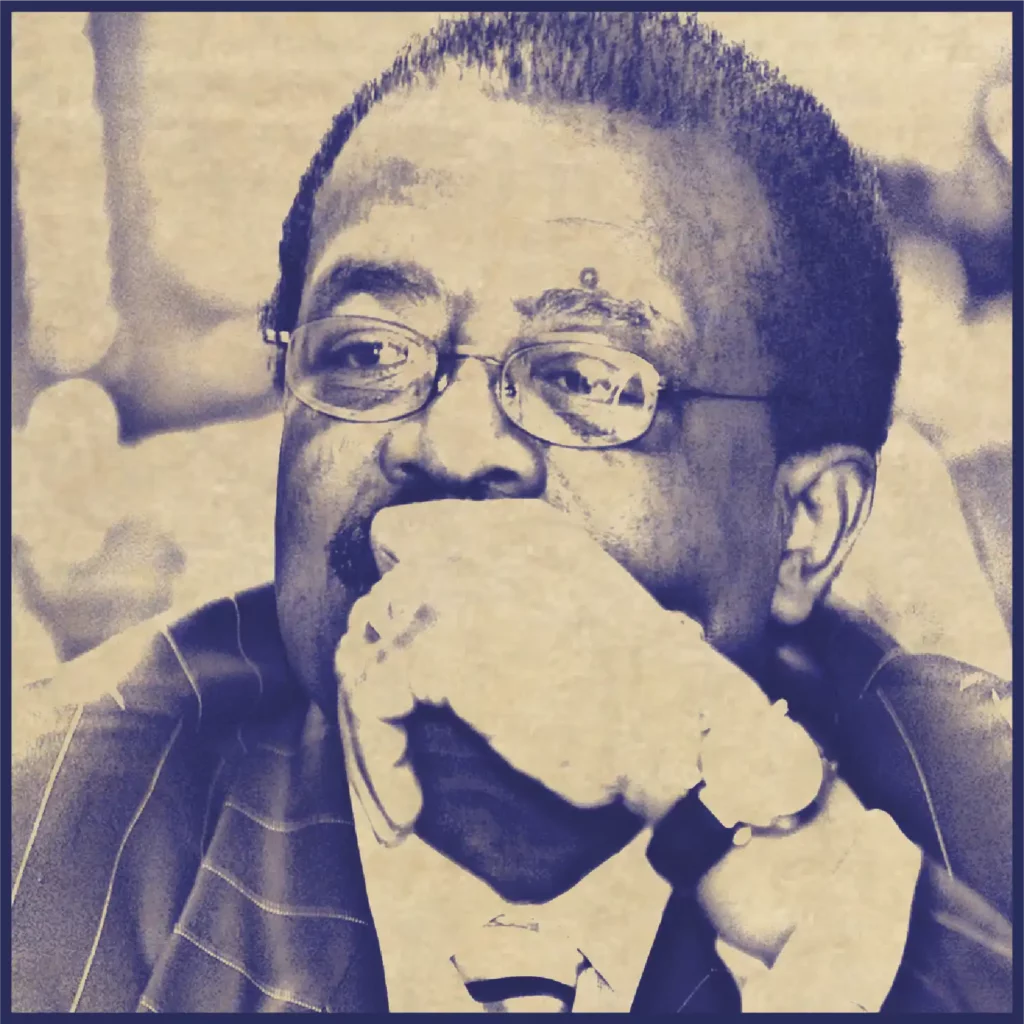Part of honoring Black History Month is remembering the stories of the people who came before us. Everyone knows the names of Fredrick Douglass and Dr. Martin Luther King Jr., Rosa Parks and Harriet Tubman are equally recognizable.
However, apart from the most recognized individuals from Black History Month, people need to know that there are many more important figures. Some of these stories are not even long past. Here we’ve gathered five powerful and inspiring stories from Black History in order to honor and celebrate the last day of Black History Month.
Born in 1939 in Montgomery, Alabama, Claudette Colvin worked hard in her childhood education. She was a grade-A student and hoped to become president of the United States. She studied the lives of important figures such as Harriet Tubman and Sojourner Truth and felt a deep connection to them.
When she was 15 years old, Colvin refused to move when asked to give up her seat to a white passenger. This happened months before Rosa Parks did the same thing. Colvin’s and Parks’ similar protests and arrests helped spark the Montgomery bus boycott that lasted from December 1955 to December 1956. The boycott even sparked a case that resulted in the United States Supreme Court upholding the District Court’s ruling that Alabama’s bus system segregation laws were unconstitutional.
While Claudette Colvin is not as famous as Rosa Parks, her act of defiance in the face of injustice is still important. Her actions advanced the cause of civil rights and still inspire people today.
Bessie Coleman made history as the first African American woman to fly as a pilot in the United States of America. Coleman had always wanted to fly, but due to both racism and sexism, she had to look outside of the United States to make her dream a reality. She taught herself French and attended the Caudron Brothers’ School of Aviation in Le Crotoy, France. After completing her training she earned her pilot’s license at the Federation Aeronautique Internationale.
Her return home was highly publicized, and she performed at many air shows. However, she refused to perform or speak publicly where the segregation of African Americans was allowed.
She eventually bought her own plane and moved back home to Texas.
In one of her final airshows, the organizers wanted to use two segregated gates, but Coleman refused to perform unless there was one gate for everyone. They reached an agreement on the gate, but the organizers still required segregated seating, to which Coleman acquiesced.
Bessie Coleman died in a plane accident shortly thereafter in 1926. While her story was short-lived, she left a legacy honored by many people and organizations.
These young men were a group of African American soldiers who served in World War I as a part of the United States Armed Forces. In that day and age, there was much prejudice and doubt around how effective Black men would be in battle. By the end of the war, the Harlem Hellfighters spent more time in battle than any other American military unit.
One member of the Hellfighters, Sergeant Henry Johnson of the 369th Infantry Regiment was even awarded the French Croix de Guerre avec Palme. Not only was this France’s highest military award for valor, but he was also the first American, black or white, to receive this medal. Sergeant Johnson died ten years after the war in 1929, and he now rests in Arlington National Cemetery.
After the war, the members of the Harlem Hellfighters were welcomed home with a parade and positive media coverage. However, after the celebrations ended, they still faced racism and segregation despite their honorable service.
For many years, the mathematician Katherine Johnson remained relatively unknown. She served an important role in NASA’s first space missions in the 1960s. Her name is now more recognized thanks to the 2016 film “Hidden Figures.”
Her work known as “The Computer Pool” was foundational as NASA began using computers in their calculations. In fact, during the time period, computers were new and NASA doubted their reliability. When asked about a scene in “Hidden Figures” that shows Johnson confirming the calculations, she deferred the credit to her team.
Johnson continued to serve at Langley Laboratory until 1986 when she retired. She was involved with other projects such as Project Apollo’s Lunar Lander, the Space Shuttle, and the Earth Resources Satellite.
In 2015, President Obama awarded her the Presidential Medal of Freedom for her contributions. She celebrated her 100th birthday in 2018.
Born around the turn of the 20th Century, Randolph moved from Florida to New York City in 1911. He took night classes at City College and studied economics and politics. He even studied the works of Marx. His studies built his belief that it would be the black working class that would be the power behind the change for civil rights in America.
In his day, A. Philip Randolph fought through working-class segregation and other labor movement reforms for black workers. He organized the Brotherhood of Sleeping Car Porters, the first officially recognized African American labor union. In 1937, the Brotherhood won an important railroad contract. His victory with the Brotherhood also put him in the spotlight of the labor movement.
He also organized and led the March on Washington in 1941 in order to pressure President Franklin D. Roosevelt. It worked. President Roosevelt issued Executive Order 8802 that banned discrimination in defense workplaces.
Randolph further participated in the greater civil rights movement, but not to the same degree as his work in the labor movement. He shared the stand with Dr. Martin Luther King Jr. on the day of King’s “I Have a Dream Speech.” Together with King and a few others, Randolph met with President Kennedy that day. Randolph asked for the president’s support and continued efforts in strengthening the civil rights bill.
Later, Randolph was awarded the Presidential Medal of Freedom and founded the A. Philip Randolph Institute. He dedicated his life to understanding the weight placed on the working class and aimed to eliminate poverty for all. Randolph died at the age of 90 in 1979, and his remains now rest at the A. Philip Randolph Institute in Washington, D.C.
Our Legacy
Our founder, Johnnie L. Cochran, dedicated his life to fight for the underdog. We carry his legacy with us every time we work with a client. His dream was to bring justice to all Americans who have suffered harm from others, corporations, or government offices.
We hope these stories from Black History Month inspired you as they did for us.
Contact Us Today
If you or a loved one have experienced a personal injury due to the negligence or fault of another, we are here for you. Our expert and award-winning attorneys are available to answer your questions and concerns.
We have won over $35 Billion in Verdicts & Settlements. We will help you get the compensation you deserve. Reach out to us and set up a FREE consultation today. Contact us here on our website, or by calling 1-800-THE-FIRM.
Contact us today for a Free Consultation





